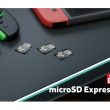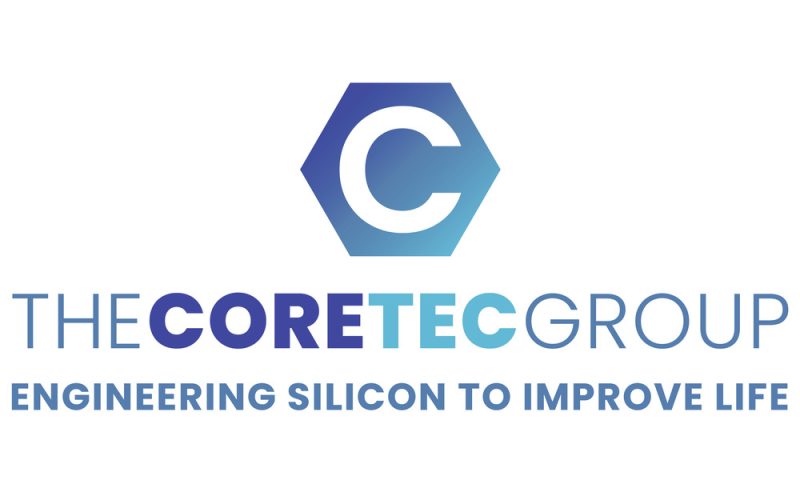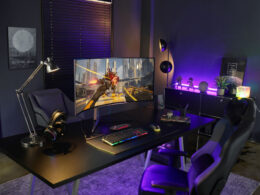ANN ARBOR, Mich. — The Coretec Group (OTCQB: CRTG), developers of silicon anode active materials for lithium-ion batteries and cyclohexasilane (CHS) for EV, cleantech, and emerging tech applications, today provided an update on its partnership with The University of Adelaide, one of the global top universities in the field of applied glass and science photonics, to develop a glass display to be used in Coretec’s CSpace, an eyeglass-free, 3D static volumetric display technology that produces high-quality 3D images with applications in medical imaging, automotive and aerospace design, defense space visualization, air traffic control, and more.
For background, Coretec’s CSpace technology controls two invisible infrared lasers to generate visible, 3D image pixels in an imaging chamber. The imaging chamber relies on rare earth ions that are dispersed within the chamber material to create visible pixels at the locations where the two lasers intersect. 3D images are created by scanning the two lasers across the imaging chamber material.
Coretec has previously examined the use of low-phonon energy NaYF4 single crystal, and ZBLAN fluoride glass as the imaging chamber material. The challenge in creating high quality imaging is both materials are difficult to produce at a sufficient quality and size, certainly not enough to be considered commercially useful.
Currently, the University is examining four types of alternative low-phonon energy glasses that hold potential for large-scale manufacturing with high optical quality. As a first proof-of-concept step, they have fabricated four small-scale (1-inch) glasses, doped with the same amount of the rare earth ion Er3+ which can generate green image pixels using a dual-infrared laser system. According to preliminary results, a specific type of heavy metal oxide glass is brighter than the reference ZBLAN fluoride glass under the pulsed dual-infrared laser system at Adelaide, while the other types of glasses are considerably dimmer.
“We are delighted by the results of our work with Coretec’s CSpace technology thus far,” said Dr. Yunle Wei, a glass scientist at the University of Adelaide, working on the project. “We expect to see even more exciting results as we expand the size of the imaging chambers and look forward to providing updates to the image’s color and brightness as they develop.”
“This 3D volumetric display research is exciting as it brings new material innovations, dual-laser excitation and control in materials, and scaling-up manufacturing approach for enabling practical technology,” said Professor Nelson Tansu, Head of School of Electrical and Electronic Engineering at the University of Adelaide.
The University’s next steps, led by Professor Heike Ebendorff-Heidepriem, will be to examine the brightness of the fabricated four small-scale glasses under Coretec’s dual-infrared laser system and then begin fabricating a medium-scale (2-inch) heavy metal oxide glass image chamber. Developments even further beyond those could include a 10-inch glass chamber, along with multi-color imaging chambers.
“Our 3D volumetric displays require the best possible imaging chamber, and the team at the University of Adelaide has demonstrated the right approach to doing so and is backed up by the initial data,” said Matt Kappers, CEO of The Coretec Group. “While our focus remains on Endurion, our battery development program, we’re pleased with the steady progress of our CSpace technology and look forward to providing future updates.”










